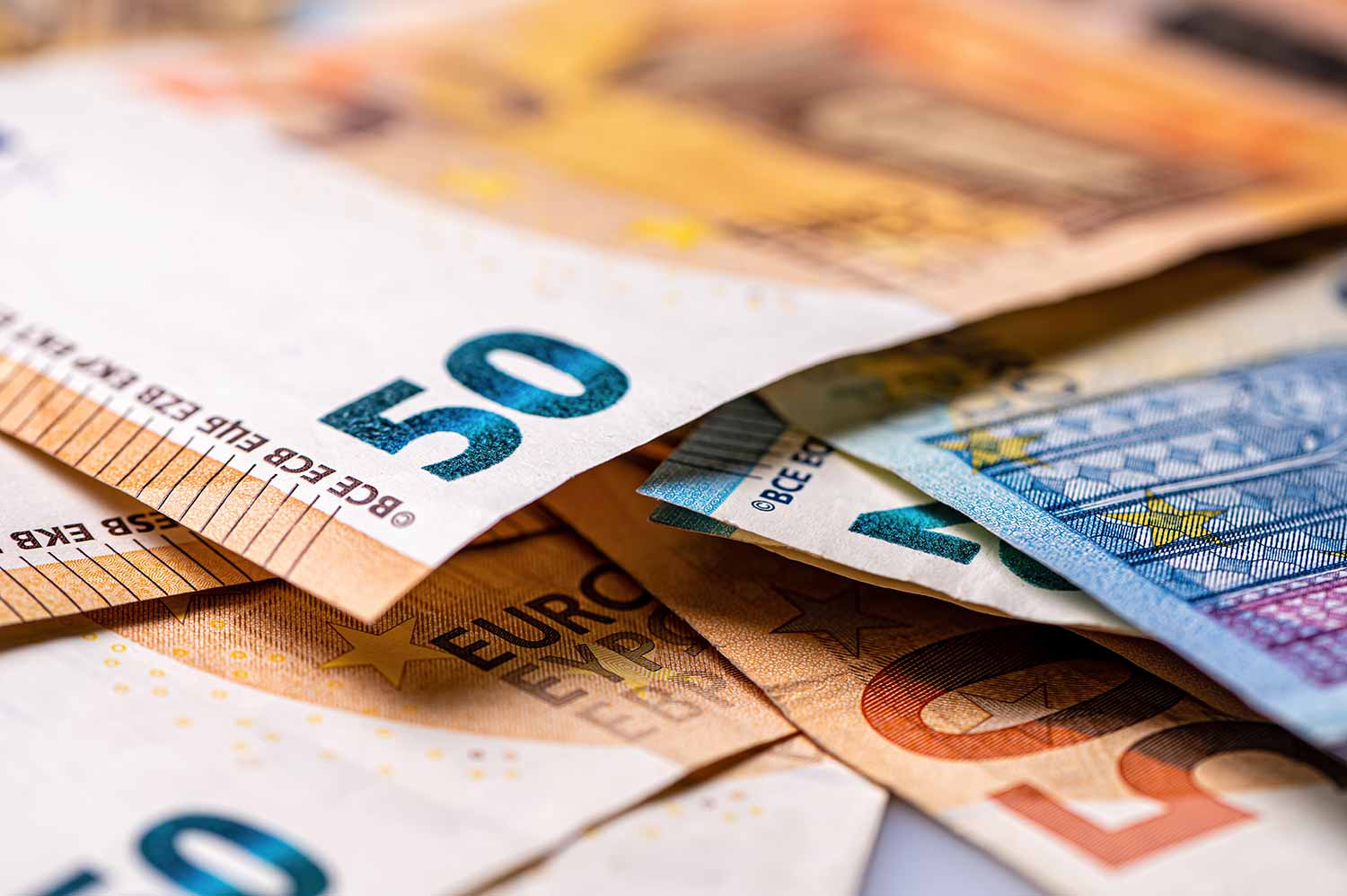Introduction
The fundamental valuation of EUR/USD plays a crucial role in understanding and predicting the price movements of this major currency pair. Valuing the EUR/USD exchange rate involves analyzing various fundamental factors that influence the relative strength and attractiveness of the Euro and the US Dollar. This introductory section provides an overview of the topic and highlights the importance of valuing EUR/USD.
Overview of Fundamental Valuation
Fundamental valuation involves assessing the intrinsic value of a currency based on economic indicators, fiscal and monetary policies, interest rates, inflation rates, and other relevant factors. By analyzing these fundamental factors, traders and investors can gain insights into the relative worth of different currencies and make informed decisions.
Importance of Valuing EUR/USD
The EUR/USD currency pair is one of the most widely traded and influential pairs, with a significant impact on international trade, investment flows, and economic stability. Valuing EUR/USD accurately enables market participants to anticipate exchange rate fluctuations, manage risks, and capitalize on potential opportunities. Moreover, understanding the fundamental drivers behind the EUR/USD exchange rate helps policymakers, businesses, and individuals in making informed decisions regarding cross-border transactions, investments, and hedging strategies.
In the subsequent sections, we will delve deeper into the factors influencing the EUR/USD exchange rate, various valuation models, interpretation of data, and risk management strategies. By comprehending the fundamental valuation of EUR/USD, market participants can navigate the currency market with greater confidence and enhance their decision-making processes.
Exchange Rate Determination
Understanding the process of exchange rate determination is essential when valuing the EUR/USD currency pair. Exchange rates play a crucial role in international trade and financial transactions, and their movements are influenced by various factors. This section provides an introductory overview of exchange rate determination and highlights the role of supply and demand in shaping currency prices.
Factors Influencing Exchange Rates
Exchange rates are determined by a complex interplay of economic, financial, and geopolitical factors. These include interest rates, inflation rates, economic growth prospects, fiscal and monetary policies, political stability, and global market sentiment. Understanding the dynamics of these factors is crucial in assessing the valuation of EUR/USD.
Role of Supply and Demand
Like any other market, the foreign exchange market operates on the principles of supply and demand. When there is high demand for a currency, its value tends to appreciate, while increased supply can lead to depreciation. Factors such as trade flows, capital flows, and investor sentiment influence the supply and demand dynamics of currencies, thereby affecting exchange rates. A deeper understanding of these factors helps in analyzing the valuation of the EUR/USD currency pair.
By grasping the concepts of exchange rate determination and the role of supply and demand, market participants can gain insights into the forces driving the EUR/USD exchange rate. This knowledge serves as a foundation for further analysis and valuation of the currency pair, enabling better decision-making and risk management in the dynamic foreign exchange market.
Fundamental Factors Affecting EUR/USD Valuation
When valuing the EUR/USD currency pair, it is crucial to consider the fundamental factors that influence its valuation. These factors reflect the underlying economic conditions and policies of the Eurozone and the United States, shaping the relative strength and attractiveness of the Euro and the US Dollar. This section provides an introductory overview of the fundamental factors affecting EUR/USD valuation, highlighting key areas such as interest rates, inflation, economic growth, fiscal and monetary policies, and political stability.
Interest Rates
Interest rates play a vital role in attracting foreign investment and influencing capital flows. Higher interest rates tend to make a currency more attractive, driving up its valuation, while lower interest rates can have the opposite effect. Analyzing and comparing interest rate differentials between the Eurozone and the United States helps assess the relative attractiveness of the Euro and the US Dollar, impacting the valuation of EUR/USD.
Inflation
Inflation erodes the purchasing power of a currency over time. Currencies with lower inflation rates tend to appreciate in value compared to those with higher inflation rates. By monitoring and comparing inflation rates in the Eurozone and the United States, market participants can gauge the relative strength and valuation of the Euro and the US Dollar.
Economic Growth
Strong economic growth often leads to increased investment and demand for a currency, driving its value higher. Conversely, economic downturns can weaken a currency's valuation. Evaluating and comparing the economic growth prospects of the Eurozone and the United States provides insights into the relative strength and attractiveness of the Euro and the US Dollar.
Fiscal and Monetary Policies
Government spending, taxation, and budgetary policies impact a country's fiscal position, while central bank policies, such as interest rate decisions and quantitative easing measures, influence monetary conditions. By analyzing and comparing these policies in the Eurozone and the United States, market participants can assess their impact on the valuation of EUR/USD.
Political Stability and Geopolitical Events
Political stability fosters investor confidence and promotes economic growth, positively impacting a currency's valuation. Conversely, geopolitical tensions and uncertainties can lead to currency volatility. Evaluating the political landscape and monitoring major geopolitical events helps gauge the relative strength and stability of the Euro and the US Dollar.
Understanding and analyzing these fundamental factors provides a comprehensive view of the forces shaping EUR/USD valuation. By considering the interplay of interest rates, inflation, economic growth, fiscal and monetary policies, and political stability, market participants can make informed assessments and predictions about the valuation of the EUR/USD currency pair.
Valuation Models and Approaches
Valuing the EUR/USD currency pair involves employing various valuation models and approaches that help assess its fair value and potential price movements. These models provide frameworks for analyzing the relative worth of the Euro and the US Dollar based on different economic and financial factors. This section provides an introductory overview of valuation models and approaches, exploring key methodologies such as Purchasing Power Parity (PPP), Interest Rate Parity (IRP), Balance of Payments (BOP), Relative Economic Strength Approach, and Market Sentiment and Technical Analysis.
Hedging Strategies
Hedging involves using financial instruments, such as futures contracts, options, or forward contracts, to offset potential losses arising from adverse exchange rate movements. Implementing hedging strategies can help protect against currency volatility and minimize potential downside risks.
Position Sizing and Stop Losses
Proper position sizing involves determining the appropriate amount of exposure to allocate to a currency pair, considering risk tolerance and account size. Stop losses help limit potential losses by triggering an automatic exit from a position when the price reaches a predetermined level. Applying effective position sizing and stop losses helps control risk and preserve capital.
Diversification and Portfolio Management
Diversifying investments across different asset classes, currencies, and geographical regions helps reduce the impact of adverse events on the overall portfolio. Adopting a disciplined approach to portfolio management, including regular monitoring, rebalancing, and risk assessment, is crucial for optimizing risk-adjusted returns.
Conclusion
In conclusion, valuing the EUR/USD currency pair requires a comprehensive understanding of fundamental factors, exchange rate determination, valuation models, and risk management strategies. This section provides a concise summary of the key points discussed throughout the topic, highlighting the importance of continuous evaluation, future outlook, and considerations.
Importance of Continuous Evaluation
Currency markets are dynamic, influenced by economic, financial, and geopolitical developments. Regular assessment of economic indicators, policy changes, and market sentiment is necessary to adapt to evolving market conditions and make informed decisions.
Future Outlook and Considerations
While it is challenging to predict future exchange rate movements accurately, monitoring economic trends, policy developments, and global events can provide insights into potential opportunities and risks. It is essential to remain aware of the evolving macroeconomic landscape and adapt strategies accordingly.
By consistently assessing fundamental factors, employing appropriate valuation models, and implementing effective risk management strategies, market participants can navigate the intricacies of EUR/USD valuation with confidence. Continuous evaluation, along with a forward-looking approach, enables individuals and organizations to adapt to changing market dynamics and optimize their decision-making process in the dynamic world of currency trading.


